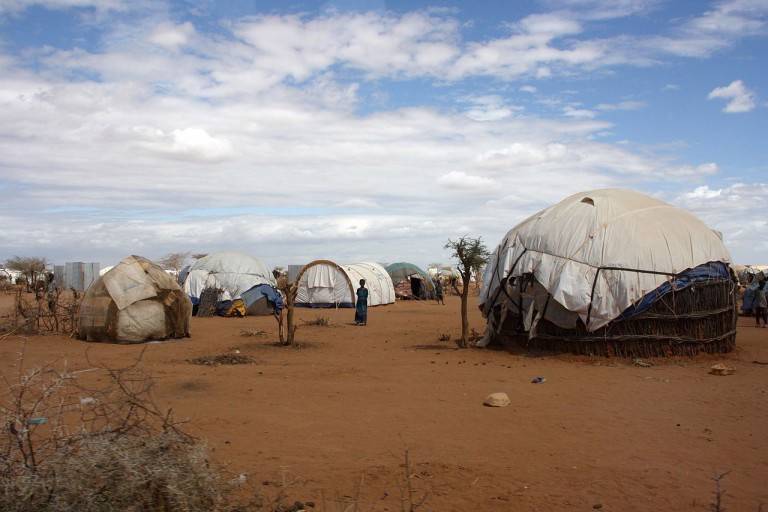
*This seminar will be live streamed on Youtube.
The formal humanitarian system is on the brink of collapse and needs a structural revolution to be a key part in how we meet the challenges of the 21st century. How can we break out of silos and our own exceptionalism to find the perfect point break for humanitarian action?
Save the Children Norway (Redd Barna), PRIO and the Norwegian Centre for Humanitarian Studies (NCHS) have the pleasure to invite you to a seminar to discuss these as well as other issues facing current humanitarian action. We ask:
What must happen for the humanitarian sector to link with development sector, national plans and local organisations?
How can UN organizations and INGOs accept greater local autonomy – and better collaboration with local organizations - in humanitarian operations?
What must donors do to support such a shift?
What should the future humanitarian model look like to serve the needs, interests and rights of the recipients?
Background
Recurrent disasters and protracted conflict and displacement are barriers to sustainable development. They undermine recovery and resilience. In 2014, more than 90% of countries with annual humanitarian appeals have had them for three years or more; 60% have annual appeals for more than eight years (Gavas, Gulrajani, Hart/ODI: 2015). The formal humanitarian system is under financed, inefficient and overloaded.
Most Low Income Countries are characterized by fragile state structures and vulnerability to conflict, unless this is tackled by shared analysis and strategies across the hum-dev divide, and enshrined in national plans, we will not meet the SDGs.
Despite this situation, the architecture of humanitarian assistance remains focused on short-term interventions, rather than facilitating a transition to development and strategic national planning (Gavas, Gulrajani, Hart/ODI: 2015).Currently the system is not organized in a way which favors coherence and complementarity (Bennett/ODI, 2016).
Despite evidence that local actors and organizations are driving response in many areas, the formal humanitarian system has failed to connect meaningfully with national and local institutions and groups. The incentives for such engagement currently do not exist: the sector’s power dynamics, culture, financing and incentive structures create compelling reasons to remain closed and centralized and averse to innovation, learning and transformation. This creates unhelpful rivalries and inefficiencies within the formal sector, and erects high barriers – financial, cultural and regulatory – that stand in the way of more constructive and fruitful engagement between those within and outside the current formal system (Bennett/ODI 2016).
Speakers & Program
12.00: Welcome: Save the Children / PRIO
12.05: Key note: Christina Bennett, ODI (author of “Time to let go: Remaking Humanitarian Action for the modern era”)
12:25: Comments from Kristin Bergtora Sandvik on the current challenges for the formal humanitarian system (PRIO)
12.35: Norwegian government perspectives on how Norway will follow up: Tore Hattrem, State Secretary MFA
12:50: How are Norwegian NGOs prepared to contribute to the humanitarian revolution?
Perspectives from;
- Gry Ballestad (Save the Children – Norway)
- Tørris Jæger (Norwegian Red Cross),
- Erwin Van ‘t Land (MSF Norway)
- Anne Cath da Silva (Norwegian Refugee Council)
Followed by responses and comments from Hattrem, Bennett and Sandvik.
13.40: Closing remarks: Christina Bennett, ODI.
13.50: Closing: Save the Children Norway and PRIO
N.B. This seminar will be held in English and is organized by Save the Children Norway, in collaboration with PRIO and the Norwegian Centre for Humanitarian Studies
Coffee and light refreshments will be served.
Live Stream
This seminar will be live streamed here.
Contact info:
Kim Terje Loraas- KimTerje.Loraas@reddbarna.no
Eric Cezne- ericez@prio.org





